As the gaming industry continues to evolve, the demand for high-quality game art has never been greater. With the rise of indie game development and the increasing importance of visual storytelling, game artists are under pressure to deliver stunning visuals that captivate audiences and bring games to life. However, creating exceptional game art requires more than just technical skills – it demands a deep understanding of the latest game art creation tools, techniques, and technologies.
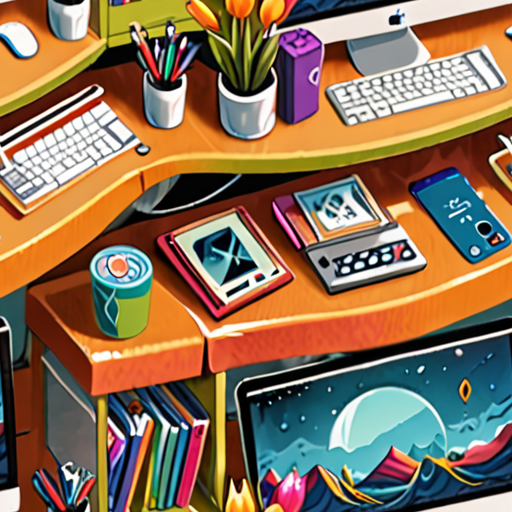
Choosing the Right Software for Game Art
As an indie game developer, selecting the ideal software for game art can be overwhelming due to the numerous options available.
- Adobe Photoshop: Industry-standard for texture work and 2D art, offering a vast toolkit for detailed sprite and concept artwork preparation.
- Aseprite: A popular choice among indie developers, Aseprite provides a user-friendly interface for pixel art creation, animation, and tilemap editing.
- Blender: A free, open-source 3D creation software that supports modeling, rigging, animation, rendering, and even video editing.
- Krita: A professional-grade digital painting and illustration software that offers customizable brushes, layers, and effects.
- Clip Studio Paint: A versatile comic and manga creation tool that includes features for drawing, coloring, toning, and effects.
When choosing a software, consider factors such as your project’s requirements, personal preferences, and budget. Some software may offer a free trial or a subscription-based model, allowing you to test before committing.
For example, Adobe Photoshop offers a free trial, while Aseprite has a one-time purchase option. Blender is completely free, making it an excellent choice for those on a tight budget.
Ultimately, the best software for game art depends on your specific needs and goals. Experiment with different options to find the perfect fit for your project.
Key Features to Consider
- User Interface: Look for software with an intuitive interface that suits your workflow and skill level.
- File Formats: Ensure the software supports the necessary file formats for your project, such as PSD, PNG, or JPEG.
- Customization: Choose software that allows for customization of brushes, colors, and effects to suit your artistic style.
- Collaboration: Consider software that enables seamless collaboration with team members, such as real-time commenting and version control.
Tips for Optimizing Your Workflow
- Learn the Basics: Familiarize yourself with the software’s fundamental tools and features to maximize efficiency.
- Organize Your Files: Establish a consistent file naming convention and organization system to streamline your workflow.
- Take Breaks: Regularly take breaks to avoid burnout and maintain productivity.
- Stay Up-to-Date: Keep your software and plugins updated to ensure compatibility and access to new features.
Game Artist Tools
As a game artist, I rely on a variety of software and tools to bring my creations to life.
- Adobe Photoshop: A popular choice for 2D art, Photoshop offers a wide range of features and plugins that make it ideal for game artists.
- Autodesk Maya: A powerful 3D modeling and animation tool, Maya is widely used in the game industry and offers advanced features like physics-based rendering and dynamic simulations.
- ZBrush: A digital sculpting tool, ZBrush allows me to create highly detailed 3D models and textures with ease.
- Unity and Unreal Engine: These game engines offer a range of tools and features that enable me to create immersive gaming experiences, from character animations to level design.
In addition to these core tools, I also use a range of other software and plugins to enhance my workflow and productivity.
- Blender: A free and open-source 3D creation software, Blender offers a range of features and tools that make it a great alternative to commercial options.
- Substance Painter: A texture painting tool, Substance Painter allows me to create high-quality textures and materials for my 3D models.
- Nuke: A compositing tool, Nuke enables me to combine multiple images and videos into a single final product.
When it comes to choosing the right tools for the job, I always consider factors like compatibility, ease of use, and cost-effectiveness.
By staying up-to-date with the latest trends and technologies, I can ensure that my work remains competitive and meets the highest standards of quality.
I’m proud to be part of the game development community, and I look forward to continuing to push the boundaries of what’s possible with game art.
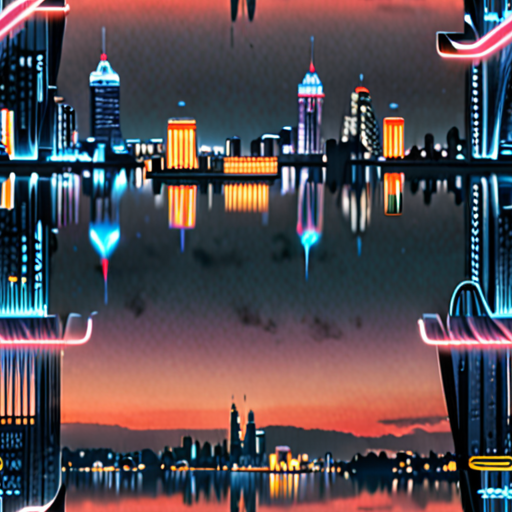
Is GIMP Good for Game Art?
GIMP can be a suitable choice for game art, particularly for indie game developers who need a free alternative to Adobe Photoshop.
- The open-source image editing software offers many features that cater to game art needs, including support for layers, masks, and effects.
- GIMP’s native file format, XCF, is more efficient and easier to parse compared to PSD files from Adobe Photoshop.
Key Features for Game Art
GIMP provides several essential features for game art, making it a viable option:
- Support for various image formats, including PNG, JPEG, and GIF.
- Layers and layer groups for organizing and managing complex compositions.
- Masks and selections for precise control over image editing.
- Effects and filters for adding visual interest and textures.
Comparison with Other Tools
While GIMP has its strengths, it may not offer the same level of functionality as commercial software like Adobe Photoshop.
- However, GIMP’s free nature and extensive community-driven development make it an attractive option for indie game developers on a budget.
- Additionally, GIMP’s compatibility with popular game engines and frameworks makes it a solid choice for game art creation.
Best Practices for Using GIMP in Game Development
To get the most out of GIMP for game art, consider the following best practices:
- Familiarize yourself with GIMP’s interface and feature set to optimize your workflow.
- Take advantage of GIMP’s scripting capabilities to automate repetitive tasks and streamline your process.
- Experiment with GIMP’s effects and filters to add unique visual styles to your game art.
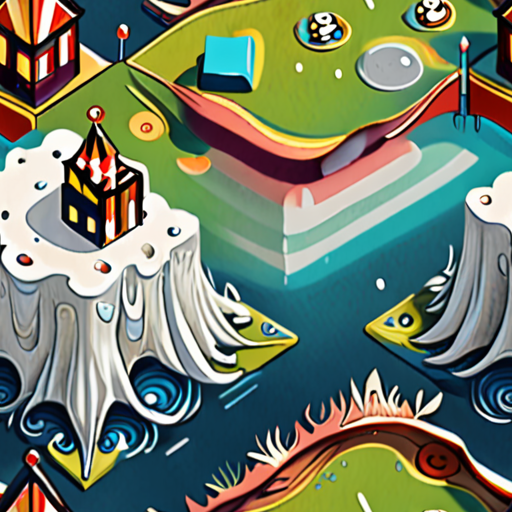
Generating Game Art with AI
As an indie game developer, creating high-quality game art can be a daunting task, especially when working with limited resources.
- We’ll explore how to leverage AI-powered tools to streamline your game art creation process.
- You’ll learn about the benefits and limitations of using AI-generated art in your games.
- Discover the best practices for incorporating AI-generated assets into your game development pipeline.
What is AI-Generated Game Art?
AI-generated game art refers to the use of artificial intelligence algorithms to create visual assets, such as characters, environments, and effects, for video games.
- AI image generators, like those offered by Deep Dream Generator and Prisma, use neural networks to analyze and manipulate images, allowing for the creation of unique and often surreal artwork.
- These tools can be used to generate concept art, character designs, and even entire levels, saving developers time and effort.
- However, AI-generated art may lack the nuance and detail found in human-created work, requiring careful editing and refinement to achieve the desired look.
Benefits of Using AI-Generated Game Art
The use of AI-generated game art offers several advantages, including:
- Increased efficiency: AI tools can automate repetitive tasks, freeing up developers to focus on more complex aspects of game development.
- Improved consistency: AI-generated art can maintain a consistent style and quality throughout the game, reducing the risk of inconsistencies.
- Enhanced creativity: AI tools can suggest new ideas and approaches, inspiring developers to try new things and push the boundaries of what’s possible.
Limitations of AI-Generated Game Art
While AI-generated game art has many benefits, there are also some limitations to consider:
- Lack of control: Developers may have limited control over the final output, which can lead to unexpected results.
- Quality issues: AI-generated art may suffer from artifacts, glitches, or other quality issues that require manual correction.
- Copyright concerns: The use of AI-generated art raises questions about ownership and copyright, particularly if the AI tool uses existing images or styles as input.
Best Practices for Incorporating AI-Generated Assets
To get the most out of AI-generated game art, follow these best practices:
- Plan ahead: Define the scope and requirements of your project before using AI tools, ensuring they align with your goals and vision.
- Edit and refine: Carefully review and edit AI-generated assets to ensure they meet your standards and fit the overall aesthetic of your game.
- Combine with human touch: Use AI-generated art as a starting point, then refine and enhance it with human creativity and attention to detail.
Conclusion
By understanding the capabilities and limitations of AI-generated game art, developers can harness its power to streamline their workflow, enhance their creative process, and deliver high-quality visuals to players.
Is AI Art Generator Legal?
The legality of AI art generators has been a topic of debate among artists, developers, and lawyers.
- The user prompting the system owns the art generated by AI models like DALL-E and Midjourney.
- Selling AI art for commercial purposes falls under fair use provisions in copyright law.
- There are no established legal precedents specifically addressing AI-generated art.
As the creator of Indie Dev Games, I can attest that understanding the intricacies of AI art generation and its implications on intellectual property rights is crucial for our community of indie game developers.
While there may be no clear-cut answers, we can explore the concept of ownership and fair use in relation to AI-generated art.
- Ownership: In general, the user who provides the prompt to the AI model owns the resulting artwork. However, this raises questions about the extent of ownership and whether the AI model itself holds any rights to the generated art.
- Fair Use: Fair use provisions in copyright law allow for limited use of copyrighted material without permission from the original creator. In the case of AI-generated art, selling it for commercial purposes might fall under fair use, depending on the specific circumstances.
- Lack of Precedent: Currently, there are no established legal precedents specifically addressing AI-generated art. As a result, courts may need to establish new guidelines or interpretations of existing laws to address these emerging issues.
At Indie Dev Games, we strive to stay informed about the latest developments in AI art generation and its implications on our community. By exploring these complex topics together, we aim to foster a deeper understanding of the opportunities and challenges presented by this rapidly evolving field.
For more information on game development, please visit our resource hub .
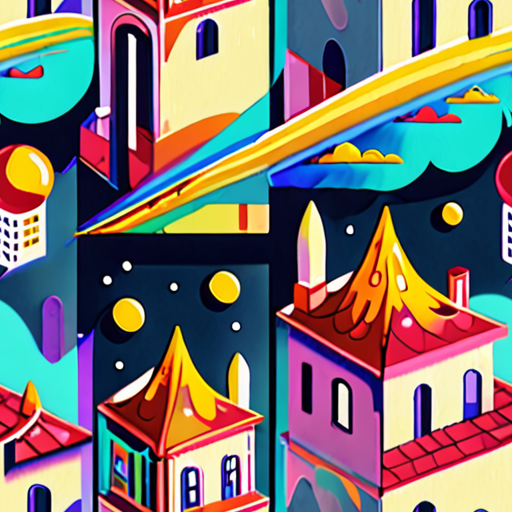
Can I Make AI Art for Free?
As an indie game developer, you’re likely always looking for ways to create stunning visuals without breaking the bank.
- We’ve got great news for you – yes, you can make AI art for free!
Our AI-powered text-to-art tool, available on our website, is completely free to use, and you can enjoy up to 50 lifetime uses.
If you have a Canva Pro, Teams, EDU, or NFP subscription, you’ll get access to up to 500 uses per user per month.
Other popular AI image generator apps like DALL-E and Midjourney offer similar features, but be sure to check their pricing plans before getting started.
When choosing an AI art generator, consider factors like image quality, customization options, and ease of use.
Some popular alternatives to our AI art generator include:
- DALL-E
- Midjourney
These platforms offer a range of features and pricing plans, so be sure to explore and find the one that works best for your needs.
Remember, as an indie game developer, you’re not limited to just one option – experiment with different tools and find what works best for your project.
Indie Dev Games Resources
For more tips and tricks on creating stunning visuals for your indie games, be sure to check out our resources page, featuring tutorials, reviews, and tips on game creation.
From development tools to design techniques and marketing strategies, we’ve got you covered.
Conclusion
Making AI art for free is definitely possible, and with the right tools and resources, you can create stunning visuals for your indie games without breaking the bank.
Experiment with different AI art generators, and don’t be afraid to try new things – happy creating!
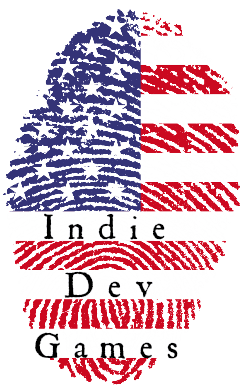
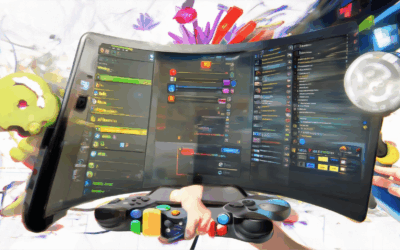
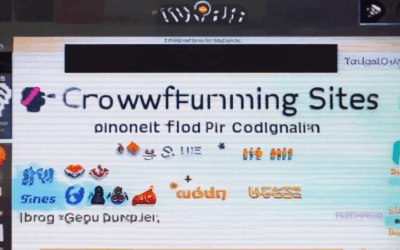
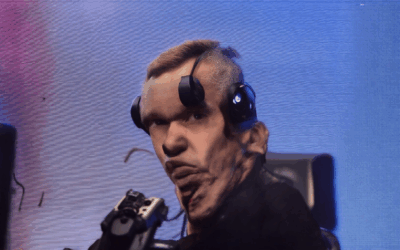
0 Comments